THE MARYLAND WINE INDUSTRY: WHERE IT STANDS
- andychalk
- Apr 5, 2020
- 18 min read
Updated: May 1, 2020
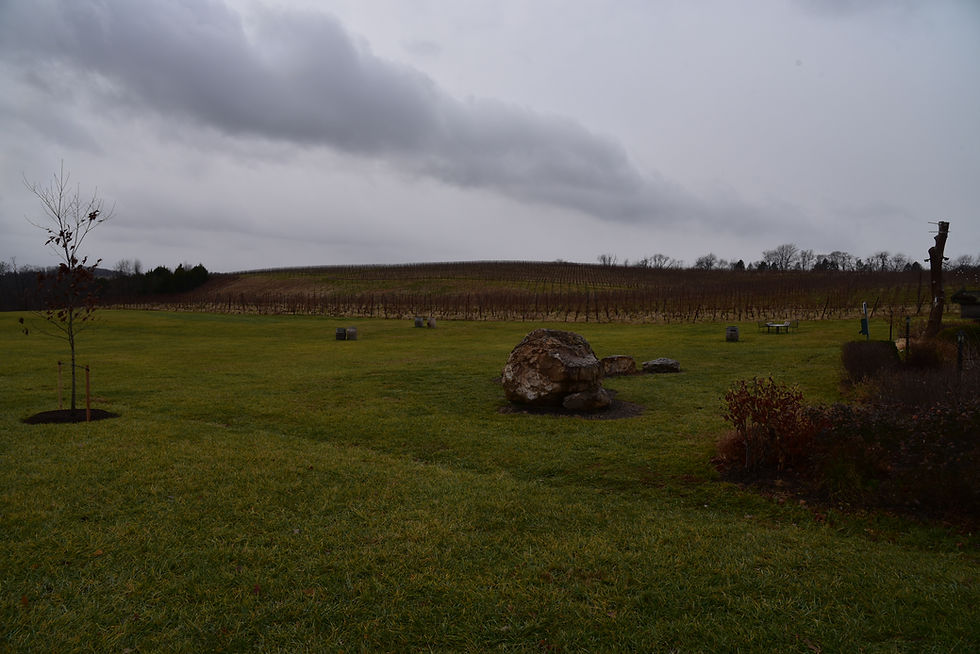
by Andrew Chalk
WHAT DRAWS AN INTERNATIONALLY FAMOUS WINE MAKER TO CHOOSE MARYLAND?
“I came back from Bordeaux and took another job in Napa, but realized quickly that I was missing something. Namely the nuances that one finds with better balanced, albeit more challenging wines that we can create in slightly cooler growing areas. The answer to your question is that I love making these [Maryland] wines. Don't get me wrong, I also loved making wines in California, but what I found in Bordeaux and what I find in Maryland (East Coast in general) is that with the slightly cooler and more challenging growing regions we have an opportunity to identify and accentuate unique components in our wines. I love seeing clients that have put in the effort in the vineyard taste the fruits of their labor in a bottle. Winemaking is incredibly rewarding, but also can be heartbreakingly cruel, as sometimes (despite all the best efforts), we just don't make it. Bordeaux introduced me to this dichotomy and the rewards that existed when working with these wines. I'm in Maryland because I believe the wines I'm making here have the potential to match those I was making in St. Emilion. ”
John Levenberg, Consulting Winemaker, 2020.
INTRODUCTION
The thing that grabs your attention when you look at the Maryland wine industry is that it is in a state of volatile flux. Simultaneously growing and pivoting, it renders any description at risk of being overtaken by the facts. In just the last decade, the number of wineries increased 250%, grape acreage more than 70%, the grape blend shifted decisively towards vinifera from hybrids, and Maryland wines began speaking for themselves by regularly winning medals at national wine competitions.
HISTORY
Most portraits of the industry lay it on heavily with the history. However, in this case, it is superfluous since Regina McCarthy’s Maryland Wine: A Full-Bodied History has already done this with depth and style that renders any other attempt liable to pale into triteness and inadequacy. The only thing to add to her 2012 edition is that it is nearly a decade old and lots has happened since its timeline stopped.
SIZE OF THE INDUSTRY
TTB (the U.S. Alcohol and Tobacco Tax and Trade Bureau) data show over 125 bonded wineries in Maryland in 2017 vs. 40 in 2007. Table 1 shows that the bearing and non-bearing acreage under vine increases from 299 in 2002 to 1100 in 2019.

The data show that acreage is increasing at an average annual rate of approximately 8%. For an agricultural product that would be considered a rapid rate.
Output of all wineries was 194,000 cases in 2019. Total winery value-added impact in 2018 was $200m, supporting 2,000 jobs, and producing $10m in state and local tax revenue. Maryland wineries saw 167,000 visitors in 2018, generating over $2.65bn in total economic impact and supporting 22,000 jobs (data from “BEACON, The Impact of Value-Added Agricultural Industries on the Maryland Economy”).
It is important to recognize that 30% of the grapes in wine made in Maryland originate from outside the state (see Table 2 for location info). This proportion has decreased from 47% in 2010 and 38.5% in 2014.
Some wineries pursue a strategy of working with only estate fruit. As of 2014, 38% of wineries took this path.

In some cases, typically with respect to neighboring Pennsylvania, the grapes come from that state but the wine is made in Maryland. With respect to California, most wine is likely made in California and shipped to Maryland, either in tanker trucks or ‘shiners’ (bottles without labels). Since Maryland and California are non-contiguous, Federal regulations require that appellated wine made from this should be labelled ‘American’ if it is less than 75% Maryland grapes.
Observers report that ‘there aren’t enough Maryland grapes’. Ignoring that this is economic nonsense (prices would rise to equate supply and demand) and interpreting it to mean ‘What acreage would satiate all of the current level of wine demand?’, there is room for 1100 additional acres at current wine sales levels and yields. That is not to say that grapes could be grown profitably to fill that demand. If consumers increasingly demand authentic Maryland wine, as evidence suggests, then the price of Maryland grapes, and plantings, will increase.
Within the U.S, Maryland ranked 23rd in gallons produced in 2016, according to TTB data. This ranking is based on producers in the state no matter where they buy their grapes so it contains such oddities as Vermont being recorded over four times as large as Maryland.
GEOGRAPHIC LAYOUT
Grapes are grown in four areas of the state.
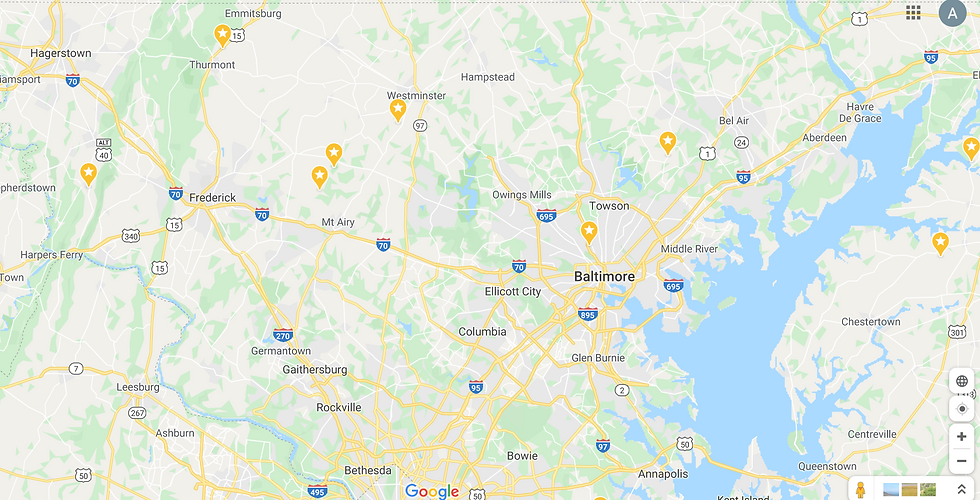
Piedmont Plateau: This is central Maryland from the foothills west of Frederick, to the head of Chesapeake Bay, This is largely rolling hills. A majority of the state’s vineyards are located in this area.
Grapes: cabernet franc, cabernet sauvignon, chardonnay, merlot, and pinot gris;
Counties: Baltimore, Carroll, Frederick, Harford, Howard, and Montgomery;
Eastern Shore: The east side of Chesapeake Bay. Characterized by flat land and sandy soil with a climate of warm days and cool nights.
Grapes: Many;
Counties: Cecil, Kent, Queen Anne (Upper Shore). Talbot, Dorchester, and Caroline (Mid Shore). Somerset, Worcester, and Wicomico (Lower Shore);
Southern Plain: Hot and humid. Lower diurnal range.
Grapes: Barbera, blaufrankreisch, chardonnay, montepulciano, sangiovese, symphony, and vidal;
Counties: Anne Arundel, Calvert, Charles, Prince George, and St. Mary;
Western Mountain: Long winters and a short growing season.
Grapes: Cabernet franc, cabernet sauvignon, chambourcin, chardonnay, norton, petit verdot, seyval, and vidal;
Counties: Allegany, Garrett, Washington;
GRAPE VARIETIES AND SOURCING
GRAPE TYPES
A huge number of grape types are grown in the state. This is typical of a wine region early in its life. Growers and wineries are still experimenting with what grows well, and where. Over time, results will lead to a shakeout and less successful varieties will be grafted over to more successful ones. Vineyards in less viable areas will be converted to higher-valued uses. A good example of this in the relatively recent past is Napa Valley, where the AVA’s primacy with cabernet sauvignon led to grapes like Johannisberg Riesling disappearing.
The following grapes are believed to be planted in the state:
Vinifera: Albariño, Arneis, Auxerrois blanc, Barbera, Blaufränkisch, Cabernet Franc, Cabernet Sauvignon, Carignan, Carménère, Chardonnay, Chenin blanc, Dolcetto, Gewürztraminer, Malbec, Malvasia, Marsanne, Merlot, Montepulciano, Mourvèdre, Müller-Thurgau, Muscat, Muscat of Alexandria, Muscat blanc, Nebbiolo, Nero d'Avola, Pais, Petit Manseng, Pinot Meunier, Petite Sirah, Petit Verdot, Pinot blanc, Pinot grigio, Pinot noir, Pinotage, Riesling, Rkatsiteli, Roussanne, Ruby Cabernet, Rubired, Sauvignon blanc, Sangiovese, Sémillon, Sultana, Symphony, Syrah, Tannat, Tempranillo, Tinta Barroca, Tinta Cão, Touriga Franca, Touriga Nacional, Trebbiano, Viognier, Zinfandel;
Hybrid: Chambourcin, Frontenac, Marquette, Cayuga, Chardonel, La Crescent, Seyval Blanc, Traminette, Valvin Muscat, Vidal Blanc, Vignoles;
Native: Norton (aka Cynthiana);
The Maryland Grape Growers Association (MGGA) conducted a survey in 2020 which showed its members top varieties by acreage were cabernet franc, albariño, chardonnay, other Bordeaux reds, barbera and pinot gris.
One widely grown grape is grüner veltliner. Its attraction, in the view of Sarah O’Herron, co-owner of Black Ankle Vineyards is “The very rocky, low fertility soils of the Piedmont go a long way towards helping it grow well in our area, but that is true for all varieties. The really great thing about gruner is that it makes good wine at a very wide range of ripeness levels, which gives us much more flexibility with our potentially wonky weather. Early picked gruner has a very distinctive pink grapefruit character, which moves towards minerality, then stone fruits and finally into notes of nectar and honey as the grape gets riper. The characteristics of the wines change, but each stage yields a really palatable wine. In a nutshell, gruner is much more forgiving than many other varieties which have a tight ripeness window -- too early and the taste green and vegetal, too late, they start to get bland and cooked tasting”.
An MGGA survey in 2010 found that vineyards owned by wineries were 71% vinifera and recent plantings were 87%. This trend to plant more vinifera is less likely to be demand-led (there has always been a preference for vinifera over hybrids, as evidenced by the fact that their prices per/ton are twice as high) than the result of better viticulture techniques allowing vinifera planting where it was not viable before.
However, in 2014 only 71% of vineyards were owned by wineries. Vineyards not owned by wineries showed a different picture. Their two largest types were the hybrids Vidal and Chambourcin.
GRAPE TRENDS
All discussion of sourcing is against a backdrop of a consumer demand for authenticity, provenance, and transparency. These demands of ‘brands’ (in this case, the name of the winery) have become incessantly more important over the last decade. Surveys show that the demographic known to the marketing industry as ‘millenials’ (now one quarter of the adult population) values brand integrity most highly.
The idiom has obvious applicability to Maryland wine. The questions would be: Do you use Maryland grapes? What vineyards do the grapes come from? Do grapes from vineyard/area X have distinctive characteristics that make the wine distinguishable from wines from area Y? The late Louis Martini went around America in the 1980s with six wines made the same way but sourced from different vineyards in Napa to illustrate the power of terrior. Despite an enthusiastic public he was decades ahead of his time.
Moves to in-state sourcing, and vinifera planting, can be seen as the Maryland wine industry’s response to these consumer demands. More use of single vineyard labelling would seem to be a logical next step.
WEATHER AND CLIMATE
Maryland is characterized as having a continental European climate, with maritime influence from Chesapeake Bay on the Eastern shore. This means hot summers and year round humidity. The humidity brings on mold and powdery mildew requiring canopy clearing and sulphur sprays. The maritime influence boosts growing degree days (i.e. total days above 500F, and the value of the temperature above 500F on applicable days).
Rob Deford, President of Boordy Vineyards sees three big climate issues “Variability is the biggest issue. Note the extreme differences in 2017, 2018, and 2019, or 2010 and 2011. In the former group, the wettest year on record was bookended by two excellent vintages. 2010 was one of our top years, while in 2011 over 30” of rain fell during the first part of the harvest. The second big issue is the widening of the frost window as spring bud break has been occurring earlier, but the last frost date does not seem to have advanced correspondingly, hence a longer period of vulnerability. Lastly, a huge concern is that with warming ocean temps and more atmospheric moisture, we might be in for wetter growing seasons as a rule”.
Ed Boyce, co-owner of Black Ankle Vineyards sees winter/spring cold events as the biggest challenge. He would plant in the same place if starting again today (in fact, when I sent him questions, he and his wife were doing just that) “Without a doubt we'd stay right where we are. Through part good research and part good luck we have found rocky, low water holding capacity, low nitrogen release soils which allow us to counteract the rains we get. There may be another local soil that also limits the vines (swelling clays like Petrus?) but we know our formula works so we are staying with it.”
Port of Leonardtown Winery is in the extreme south of the state. Winemaker, Lauren Zimmerman says “...I believe that we have a very unique climate here. I regularly refer to our area as “tropical Maryland” because we are on average much warmer than the northern part of the state. As a result we have riper fruit, lower acid (helps us make superb Barbera!). We are also surrounded by water here in Southern Maryland which gives us some protection from early frost.” She points out a downside of being so close to the Atlantic Ocean “Because our vineyards are so close to the Chesapeake Bay, we are at great risk of literally being slammed by hurricane force off the Atlantic.” The other climatic challenge she notes is the more common one “Humidity.... We have hot weather combined with close proximity to the water that creates a favorable environment for mildews in the vines.”
Dave Collins, co-owner and winemaker at Big Cork Vineyards is almost at the other end of the state, further north and west. He likes the fact that “we can grow both red and white varieties with success. The red varieties ripen slowly and early harvesting is not necessitated because of high sugars. It is important for the sugars, the tannins and the anthocyanins to mature slowly and in parallel.”
The only winegrower who saw harvest rain (the Bordeaux problem) as a major issue was Crow Vineyard and Winery. Brandon Hoy, Vineyard Manager, said “Late season rains during harvest are a constant concern for us. The Crow team is constantly evaluating harvesting dates and gambling on should we harvest early or wait and hope the storm breaks up. Isolated thunderstorms can have a dramatic effect on rainfall counts and can vary greatly from farm to farm in one region. We have witnessed storms that brought us a half inch to an inch of rain while our neighbors farm received 2 to 3 inches of rain. Our farm and vineyard sites in between two rivers each about 2 miles in either direction from us and we often see storms split and follow the rivers leaving us with little or no rain for from these isolated storms”
Given the relative youth of the Maryland wine industry, winegrowers are still learning about their region. I asked the ones I met whether, knowing what they know now, they would still locate in the regions that they had chosen. Rob Deford had already acted on his decision as Boordy is 75 years old. He had purchased his South Mountain Vineyard, in western Frederick County on the eastern face of the Blue Ridge Mountains adjacent to the Appalachian Trail (80 miles west of his winery in Baltimore County), to produce cabernet sauvignon. He is really pleased with the results. More generally, his criteria would be “If we were to choose another site, I would begin with the soils (well-drained, low-fertility degraded rock), then topography (southerly aspect, with good air drainage). ... Another feature is the microclimate: the growing season at our South Mountain Vineyard is a month longer (2 weeks on either end) than our vineyard in Baltimore County, despite being higher and further west. This is critical to ripening reds.”
Lauren Zimmerman agrees “I would choose a site with well drained soil and lots of airflow to help dry out the canopy.” But she notes that after growing grapes in Ontario and envying southern states because they did not have to deal with the deep freeze of winter she “quickly realized that every grape region has its own set of challenges”.
Dave Collins summarizes “In Virginia and Maryland, there is a sweet spot for growing wine grapes. These locations are generally on the east side of the Blue Ridge Mountains at about 750 - 900 feet in elevation and in well drained, gravelly soils. To the east, conditions are less favorable with disease producing high humidity, poorly drained soils, high water tables, and fast ripening of wine grapes. Further to the west, the weather is too cold for wine grapes to even survive the harsh winters. I cannot think of a more favorable location for planting than our current location.”
Brandon Hoy was satisfied with Crow’s location at the family farm: “The humidity and moisture are a challenge in our growing region but we were very fortunate to have a vineyard site with well drained soil and quality airflow. We have a nice breeze most days and that can really help to dry the vines off from morning dew or a recent rain event helping to mitigate disease pressure.”
Richard Seibert at Knob Hall Winery was happy to stay put as well. "Same location. Limestone is good for grapes. Vines/wines pick up a lot of minerality. We tend to bud a little later so a late frost is usually not an issue."
VITICULTURE
Many of the grape growers are farmers who transitioned from other crops or dairy farming. In particular, tobacco was phased out in the state in response to lack of demand and a 10-year buyout campaign. Most of the vines are trellised using VSP (vertical shoot positioning) and double cordon methods. Some vineyards exhibit a vine density of 1633 or more vines per acre (versus the mainstream 660 vines/acre). These are generally the result of the teaching of viticulturist Lucie Morton.
Focus on sustainable methods is universal. Organic, and even biodynamic, techniques are practised, although no wineries are certified yet.
ACADEMIC AND CONSULTANT SUPPORT
The Maryland Wineries Association is a major source of networking and expertise. The Executive Director is Kevin Atticks who energetically assists the Maryland industry from all angles.
A metric of the maturity of a winegrowing area is the extent of academic support, in both teaching and research. For example, at the most richly endowed end of the spectrum, California has the University of California - Davis, California State University - Fresno, and California Polytechnic (San Luis Obispo).
Maryland is closer to the other end with just the University of Maryland Agricultural Extension Service which provides advice to growers. Dr. Joe Fiola is the current wine specialist. According to Kevin Atticks most of the professional winemakers are trained either in either California or at Cornell University.
CONSULTANTS
While there is a large cast of experts who have worked in the Maryland wine industry, the names below stand out as particularly influential and enduring (in alphabetical order, and clients listed are past or present):
Academic: University of Bordeaux.
Notable Other Positions: Michel Rolland Consulting. Chemical engineering;
Maryland Clients:
Boordy Vineyards
MO: “...everything is important in viticulture from site/soil selection, micro-climate, precise viticulture management, excellent disease control, yield management, ripening promoting methods, choice of harvest date,… I would say the same for enology. Making basic wine is easy, making good wine requires good wine making skills and making excellent wine is the art of perfecting every little details in winemaking"
Academic:
École nationale supérieure agronomique de Montpellier.
University of Bordeaux under Émile Peynaud;
Notable Other Positions:
General Manager, Château Boyd-Cantenac, Bordeaux, France;
Château Giscours, Margaux;
Maryland clients:
Black Ankle Vineyards
MO: “create or favor the conditions for the vines to live for a long time and to give the best balance for the fruit. It starts at plantation (what soil, what preparation for it, what grape, what rootstock, what cultivation…) and goes on yearly (what pruning, what canopy, what inputs, when to pick…). The purpose is to get ripe, healthy, and balanced fruit, in terms of color potential (for reds), potential aroma (for whites), sugar, acid. Of course, we don’t want it to be a pesticide concentrate either.”
Academic: Trained at UC Davis in enology and neurophysiology.
Owner: The Wine Collective
Notable past positions: Paul Hobbs, Alain Raynaud (Château Quinault, St. Emilion).
Maryland clients:
Bodega Encuentro
Boordy
Casa Carmen
Clovelly
Crow Vineyard
Elk Manor
Knob Hall Winery
Libertas Estate
Montgomery County Revenue Authority
Old Westminster
Springfield Manor
Triple Creek
Vineyards at Dodon
Windmill Creek
MO: “Having an acute awareness of the characteristics from a vineyard that are spectacular and the ability within the winery to accentuate those characteristics. It requires attention to detail in the vineyard and the sensitivity not to screw it up in the winery.”
Is the most influential. She grew up in the neighboring state of Virginia but trained in France.
Academic: École nationale supérieure agronomique de Montpellier.
Notable Other Positions: Authored Winegrowing in Eastern America: An Illustrated Guide to Viticulture East of the Rockies.
Maryland clients:
Black Ankle
Linganore Winecellars
MO: Tight vine spacing, canopy management and environmentally sensitive viticulture;
REGULATORY CLIMATE
Maryland, like all states, inherits its body of beverage alcohol law from the 1933 overturning of one of the most stupid laws in the history of mankind -- prohibition. At that time, the main concern of the states was taxing alcohol. To make tax collection as recondite and inevitable as possible, states established the three-tier system. Under it, the alcohol market resembled an hourglass. There were producers at the bottom, consumers at the top, and distributors in the narrow channel in the middle. The laws that were devised deliberately kept the number of distributors small (through barriers to entry) so that the state could easily monitor alcohol traffic in order to tax it.
The regulatory edifice that went into effect in Maryland in 1933 followed this blueprint. It had the effect of making being a winery very difficult. In fact, a cynic could say that it was designed to prevent wineries existing. For example (and believe it or not), a winery could not have a tasting room.
Starting in the late 1960s the ice began to melt. Wineries were permitted to have tasting rooms in 2000 (subsequently improved with the Maryland Winery Modernization Act in 2010), to ship directly to consumers in 2011, and to sell at farmers markets in 2013.
The present day regulatory climate sees the wine industry as an important tourism asset.
MARKETING
Currently, 10% of Maryland wineries go through distributors. Sixty percent hold self-distribution licenses. The remainder only sell direct-to-consumer (DTC). The importance of DTC to small wineries’ survival cannot be overemphasized. A distributor imposes a 30-50% margin, and the retailer a similar amount. The winery avoids both if it sells DTC. As the winery grows, distribution makes more sense as it reduces the logistical costs of selling to a large number of retailers and on-premise customers (e.g. restaurants).
An important factor in DTC sales is the Maryland wine industry’s proximity to the major population areas of Washington D.C. and Baltimore. This provides a major sales channel to wineries in neighboring Virginia, where the industry seems to be a few years ahead in terms of marketing. Maryland wineries hope to benefit similarly.
NOTABLE PRODUCERS
Big Cork Vineyards


Founded by Randy Thompson and Dave Collins in 2011. Dave is viticulturalist and winemaker and previously made wine in Virginia. Now with 30 acres planted they are working towards 40. This winery not only has a large range of wines, they have some unusual ones as well. For example, Russian Kiss is a blend of three Russian grapes (romantically and unforgettably named SK77-53, SK77-1069, and XIV 186). It has already received awards and was served at the Russian Embassy. Their Nebbiolo is a brave attempt to succeed with a magnificent grape that fails anywhere outside its home of northwest Italy.Knowledge of its presence in Maryland is so scant that it does not even get a mention in Wikipedia. A vertical of three vintages (2015-2017) showed the Piemontese character of dry acidic fruit and earthy forest floor and mushroom notes.
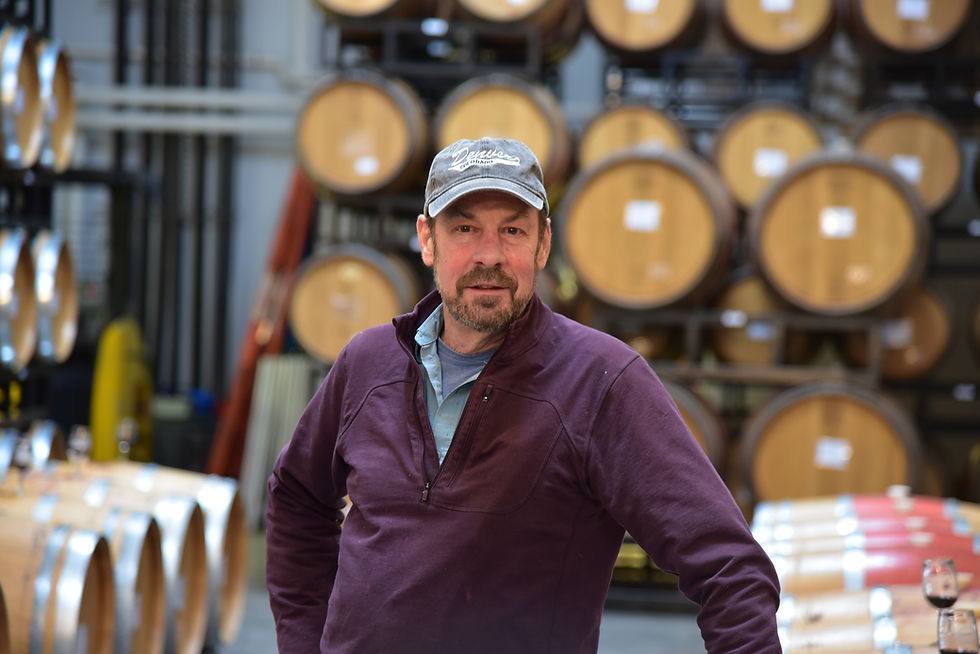
Black Ankle Vineyards
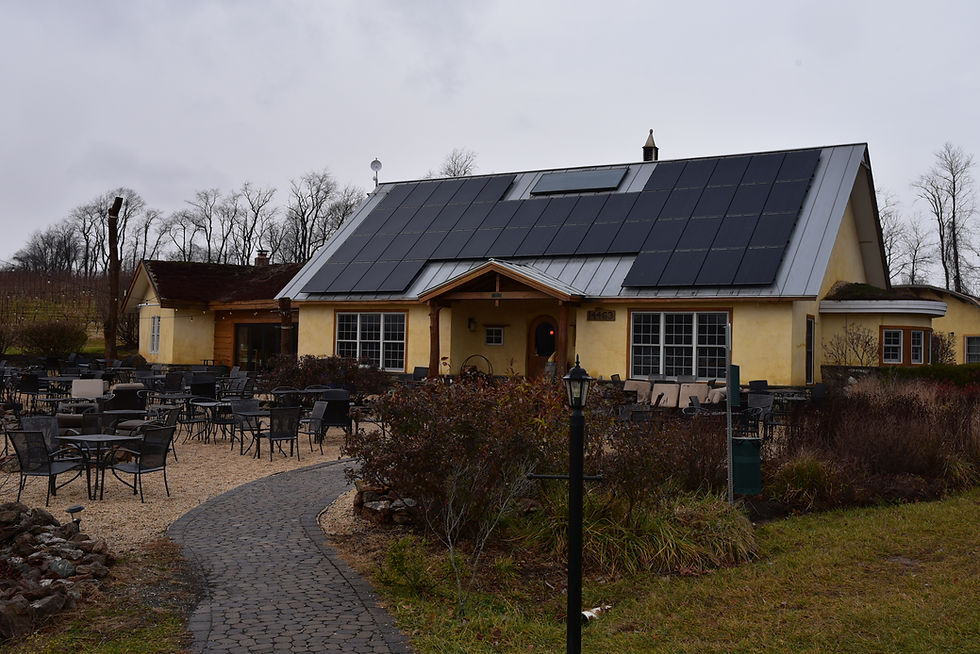
Founded in 2002 by husband and wife team Ed Boyce and Sarah O’Herron, who came from corporate life. They spent a long time searching for the ideal site. They use only estate fruit and employ Lucien Guillemet as a consulting winemaker. They are best known for their red Bordeaux blends.
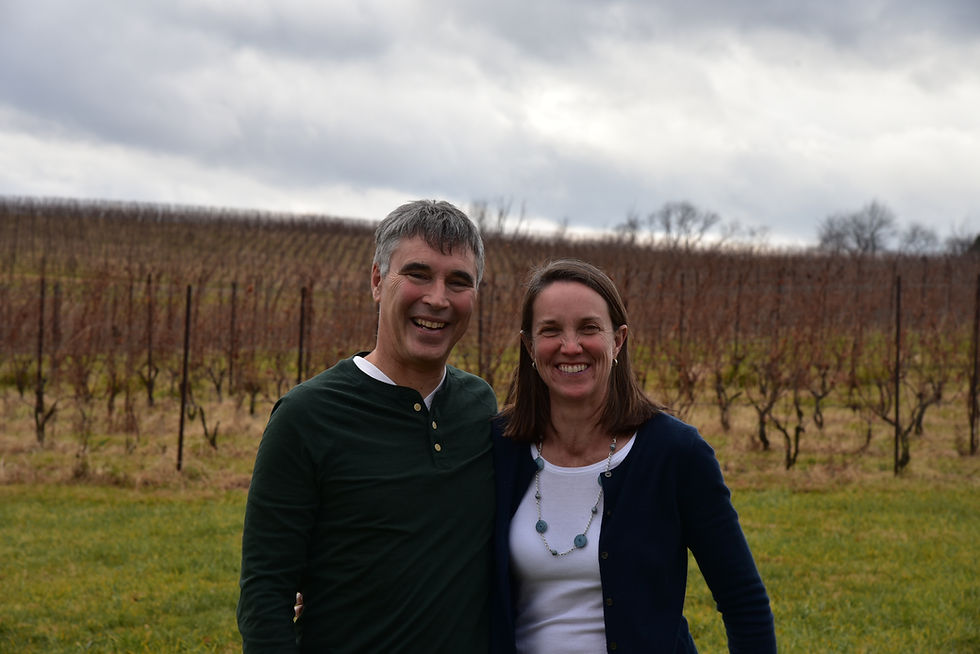
Boordy Vineyards
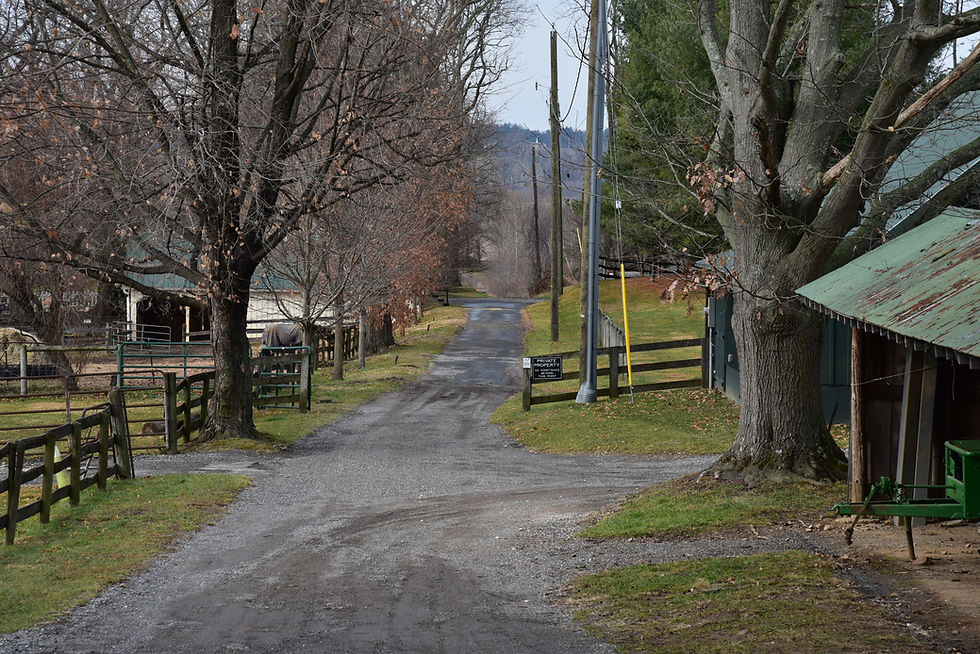
This winery has a special place in Maryland history as it is the former Phillip Wagner winery. Robert Deford’s family sold grapes to the Wagners and eventually bought Boordy, moving it to its current location, in 1980. Today, he and his wife and son Phineas manage the property, trusting winemaking to head winemaker Tom Burns assisted by José Real, and viticulture to Vineyard Manager Ron Wates.
Rob expanded the size and scope of Boordy with the aforementioned purchase of land on the eastern face of the Blue Ridge Mountains to create South Mountain Vineyard, especially suited to cabernet franc and cabernet sauvignon.
Today Boordy is a leader in cabernet sauvignon and cabernet franc in Maryland and shows no sign of resting on its laurels.
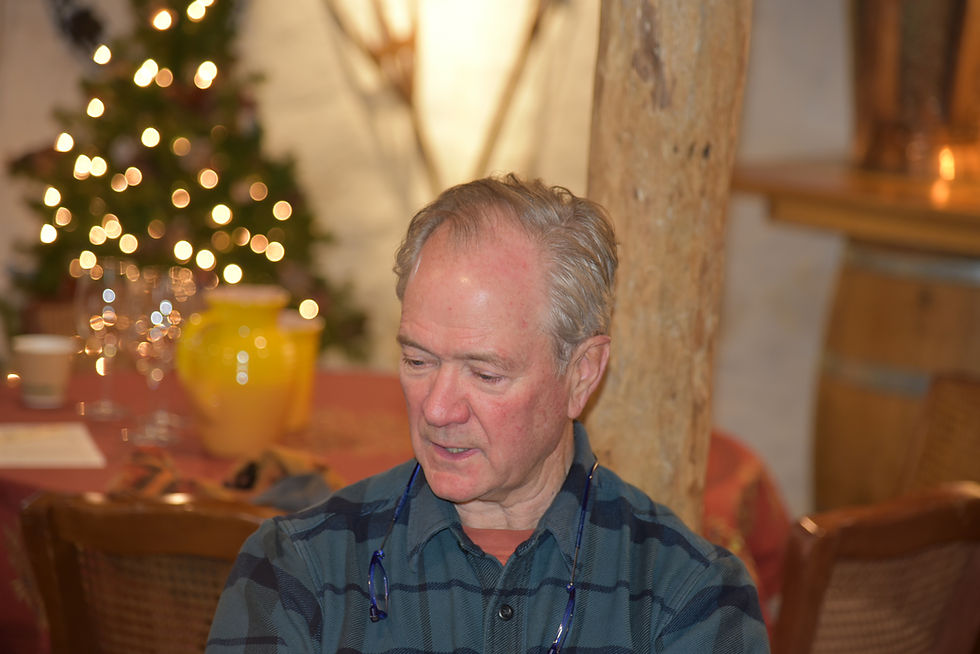

Voytek and Alicia Fizyta left their native Poland back when it was under communist rule in search of a more free life in the United States. After years, and success, in other professions they set out on their dream of making wine. They spent months looking for the ideal vineyard land but knew immediately when they found it. Gravelly soil, denuded of nutrients, and incapable of retaining water. They planted vines in 2010 and started winning medals almost immediately they began to bear fruit. Winemaker is Mike Lentini and annual production is about 2,500 cases.

Chateau Bu-De Winery & Vineyard, Bohemia Manor Farm
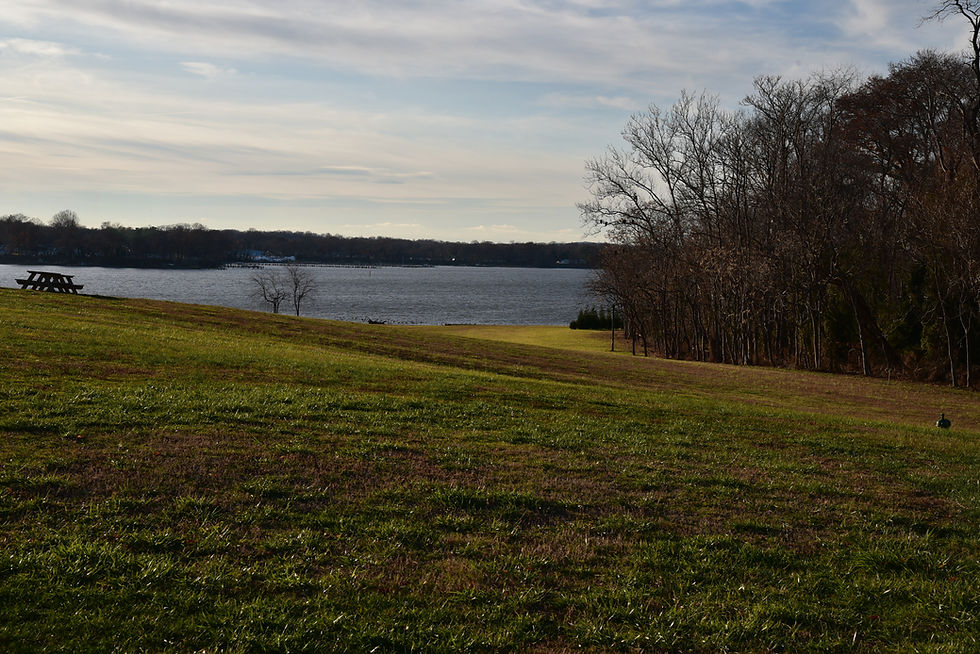
This winery may win the award for most peculiar name but its wines are mainstream, winning medals. The owners are Brenda and Warren Dedrick and winemaking is from South African Jacques van der Vyver. Most grapes are estate but some come in from California. Not from the bulk market but from some of the most exceptional vineyards such as Stagecoach and Beckstoffer. This is also one of the most beautiful properties to visit, as its 400 acres are lapped by the magnificent Bohemia River.
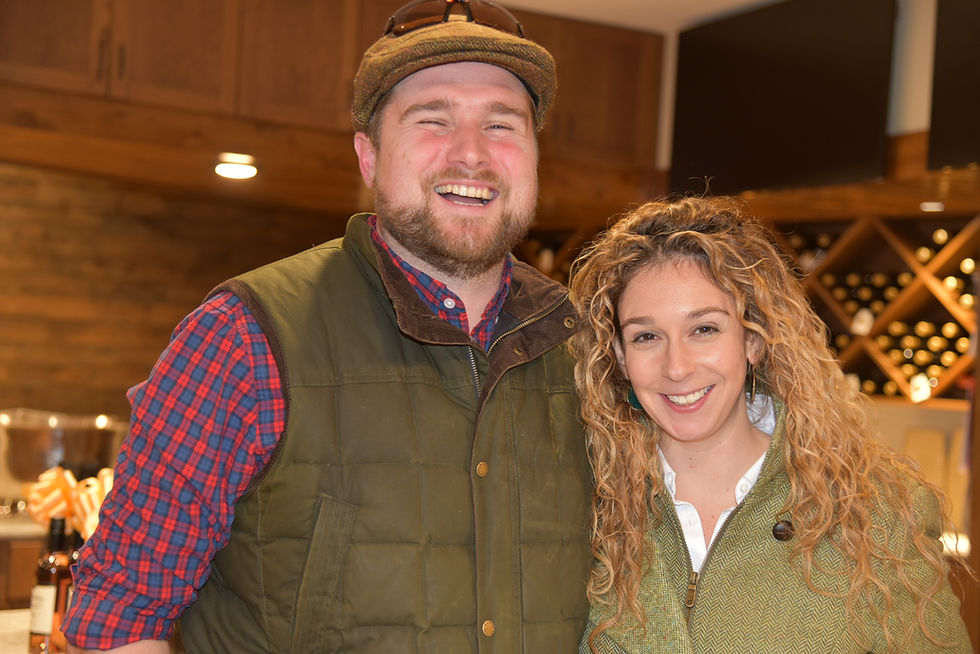
Crow Vineyard
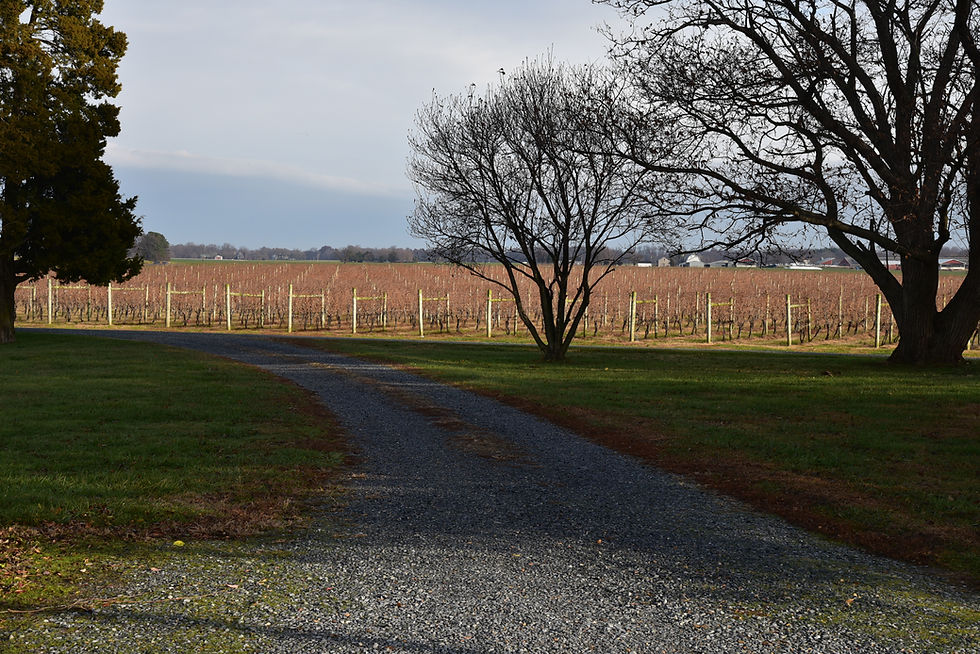
Roy and Judy Crow had farmed for three generations before they decided to plant grapes in 2010. The vines did well and they followed up with a winery and tasting room. Their farmhouse is the Crow Farmstay B&B so an excellent place to locate when touring Maryland wine country.
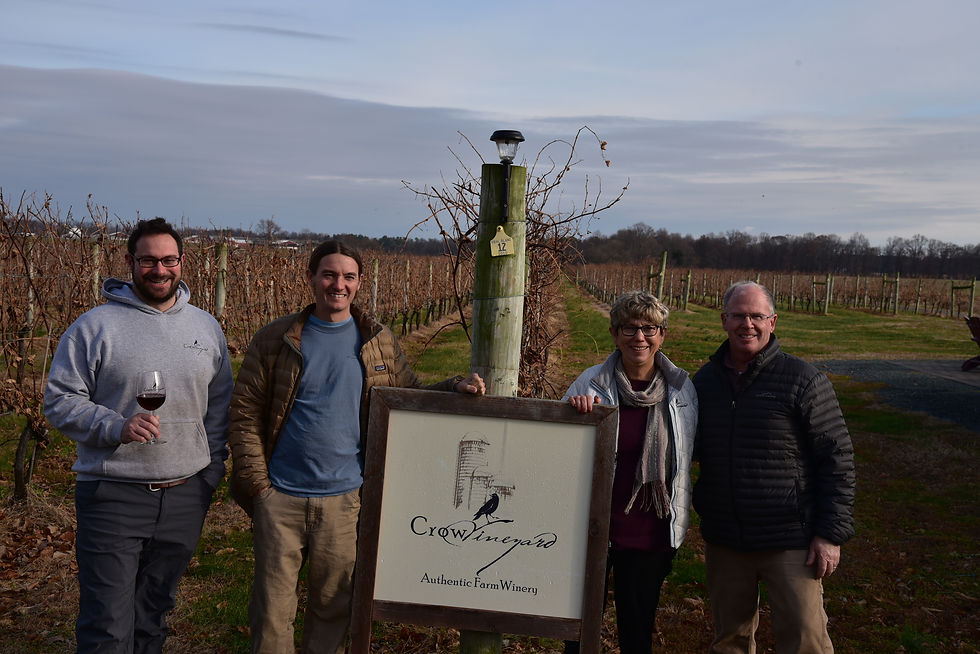
Their wines now regularly win medals and, under winemaker Michael Zollo, look destined for further success.
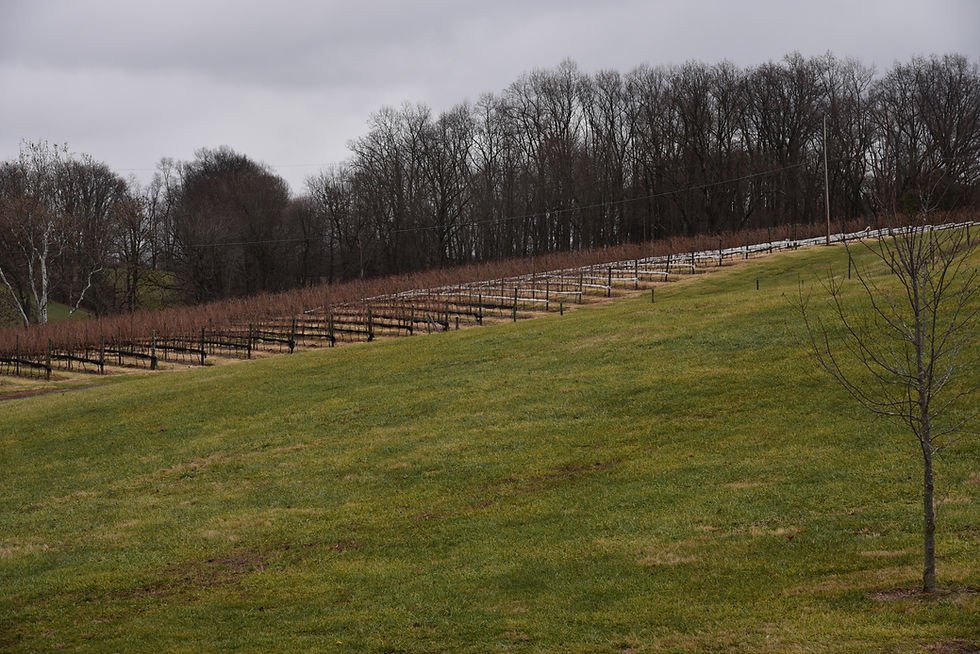
Founded in 1972 and now operated by the sons of the founders, Linganore Winecellars has tracked the evolution in the Maryland wine industry. They started with hybrids but they now produce a mixture of hybrid and vinifera wines of distinction. The Linganore AVA was petitioned for by founder Jack Allen and was the first AVA in Maryland. For historical reasons, the winery is synonymous with an annual reggae festival.
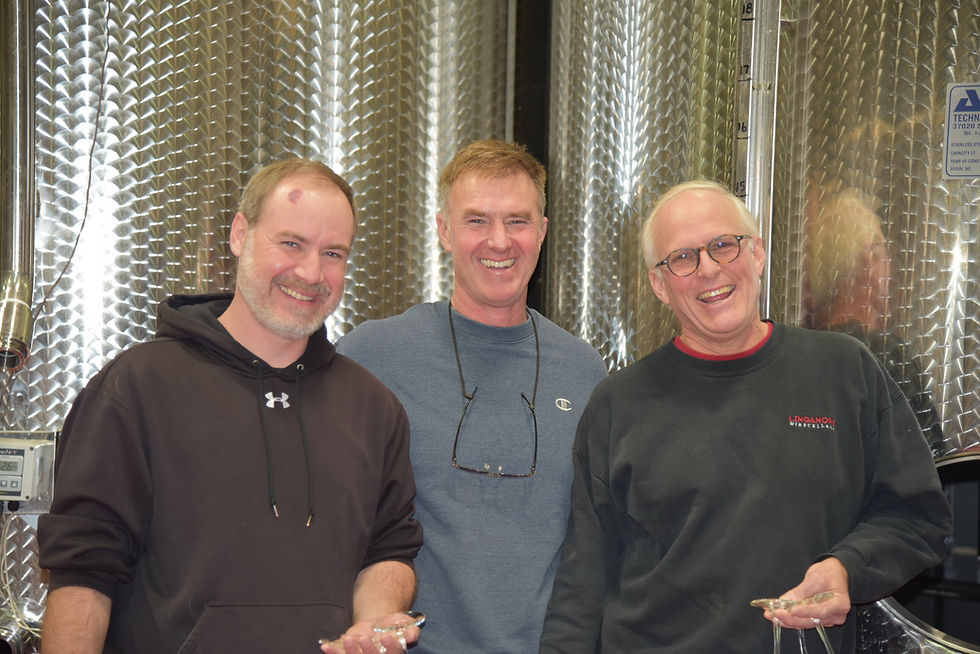
Old Westminster Winery
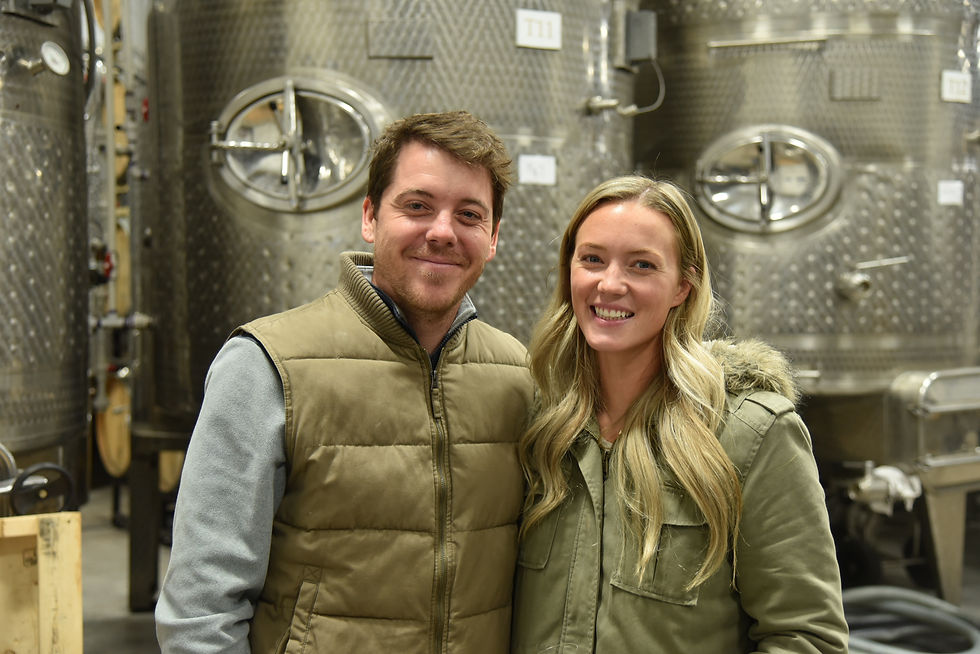
The web site describes how the Baker family in 2009 were ‘abducted’ with the idea of starting a winery. Fortunately, they have since been released, in return for a small ransom payment. The motivator of the idea was that they had to secure the future of their family farm. Not wishing to be hasty, they spent a year researching every aspect of vineyard ownership. In 2010, at a winery in St. Helena, California, they pulled the trigger, so to speak, and the transition was put into action.
Eleven years later and they produce 2,500 cases of wine a year, half from grapes from their Home Vineyard (the one at the farm) and half from nearby vineyards.
They also have a penchant for experimentation. They are making pet nat (sparkling wine made in the méthode ancestrale method), a first for Maryland. And they are ageing pinot grigio in amphora.
It is impressive how far Old Westminster Winery has come in a decade and this presages more leadership in Maryland wine in the future.
The Vineyards at Dodon
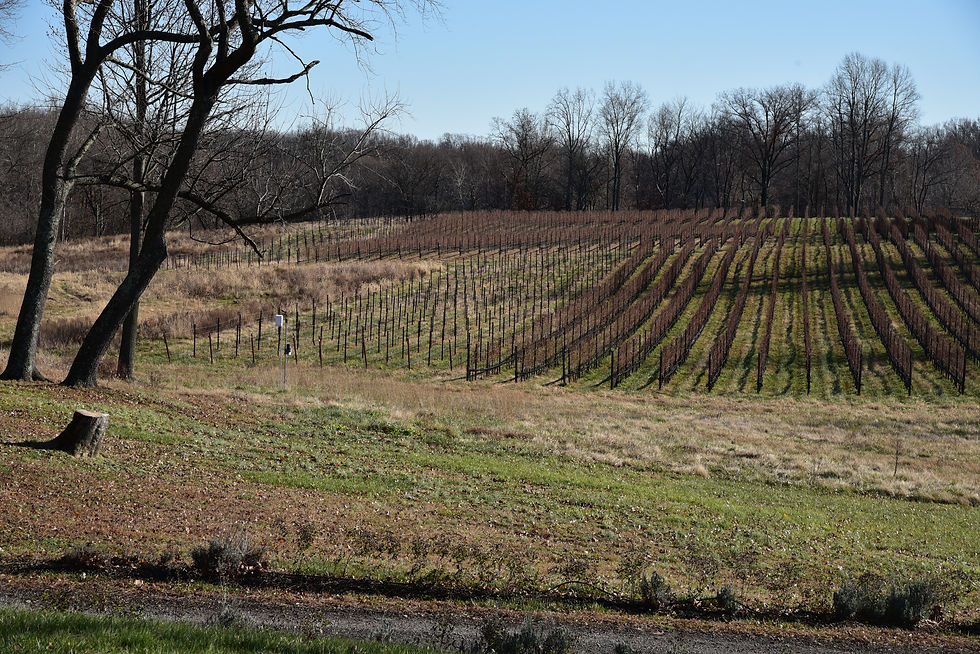
There is a considerable lineage here. The current owners are the eighth generation of the same family to own this farm. Polly Pittman and Tom Croghan are the current owners with Tom taking the winemaking role. Fruit grows in plots of the right soil type for its type with Steve Blais (supra) consulting on that. The winery is a gravity flow operation with solar power. The annual production is two thousand cases, 80% of which is sold direct to the consumer.
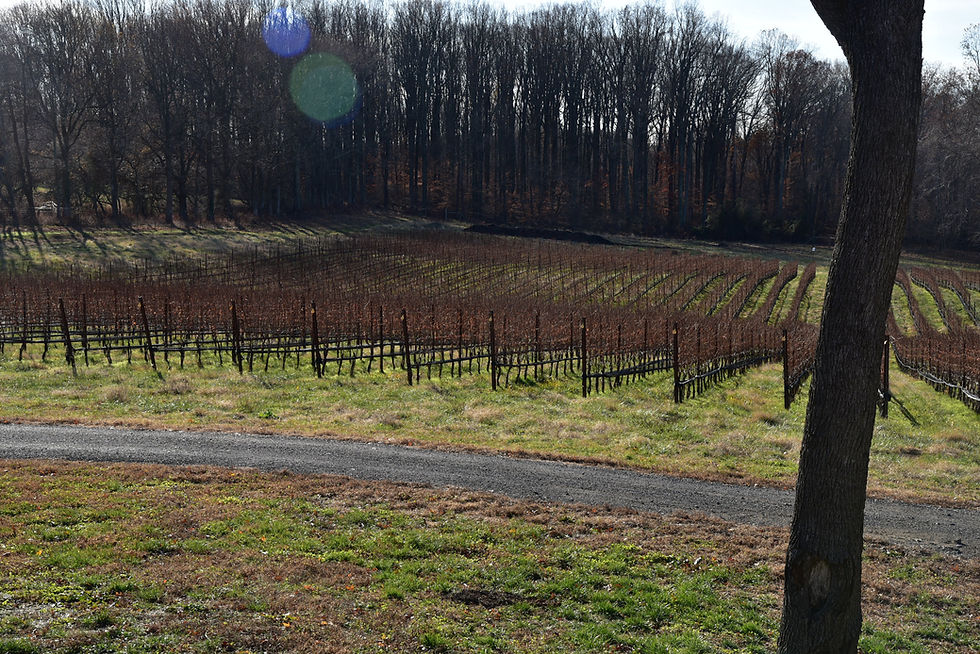
CONCLUSIONS
My conclusions after this deep immersion into the Maryland wine industry are first, how mature and well crafted the wines are. The Bordeaux blends, in particular, are going to rival California in just a few years, and are already on a par with Washington State. However, don’t look for the super ripe herbaceous Napa style. Maryland wines express themselves in a more restrained European form. Among whites, albarino and grüner veltliner are made that express themselves in very refined, balanced tones.
Second, while the wines display maturity, the rapid change and free-for-all of grape types betray the industry’s youth. This is by way of saying that it has a promising future.
Third, the industry seems set on a direction for the future. Maryland grapes, vinifera species, and direct-to-consumer sales integrated with tourism. This seems wise and should organically ingratiate Maryland wines into restaurants and clubs, led by consumer demand.
I suggest your task be to order some from a Maryland winery and let the wine speak for itself.
Note: This article was made possible by a media trip paid for by the Maryland Wineries Association.






Comments